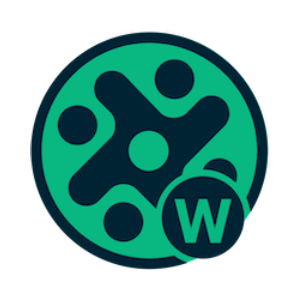- Повернутися до менюЦіни
- Повернутися до менюДослідження
- Повернутися до менюКонсенсус
- Повернутися до менюСпонсорський матеріал
- Повернутися до меню
- Повернутися до меню
- Повернутися до меню
- Повернутися до менюВебінари та Заходи

Wrapped NXM
Wrapped NXM Price Converter
Wrapped NXM Information
Wrapped NXM Supported Platforms
| wNXM | ERC20 | ETH | 0x0d438F3b5175Bebc262bF23753C1E53d03432bDE | 2020-07-02 |
About Wrapped NXM
Wrapped NXM (WNXM) is an ERC-20 token that represents Nexus Mutual (NXM) on the Ethereum blockchain on a 1:1 basis (1 NXM can be converted to 1 WNXM, and vice-versa). Nexus Mutual (NXM) is a decentralized insurance platform founded by Hugh Karp in 2017, built on the Ethereum blockchain. It empowers members to share risks and purchase various cover products. Governed by The Foundation and the Nexus Mutual DAO, the protocol allows for risk underwriting, claims management, and the creation of risk management enterprises. The NXM token, central to the ecosystem, facilitates on-chain and DAO governance, staking, and claims assessment. The token operates on a bonding curve model, ensuring a balance between having ample funds for claims and not hoarding excess capital.
The NXM token serves as both a utility and governance token. It's backed by crypto assets in the capital pool contract and is minted when members contribute assets like ETH or DAI. Token holders can use NXM for:
On-chain governance: Voting in decisions about protocol modifications, capital pool allocations, and usage. DAO governance: Proposing and voting on how DAO treasury resources are utilized. Staking: Underwriting processes are powered by staking NXM. Members can either stake their tokens directly or manage a staking pool. This staking mechanism facilitates cover purchasing, with stakers receiving a part of the cover fee as rewards. Claims assessment: Members can stake NXM to be part of the claim assessment process, which has protective measures against fraudulent activities. The token’s price and capitalization are determined through a unique continuous token model or bonding curve. This model ensures optimal capital efficiency, balancing adequate funds for claim settlements and preventing excessive capital accumulation.